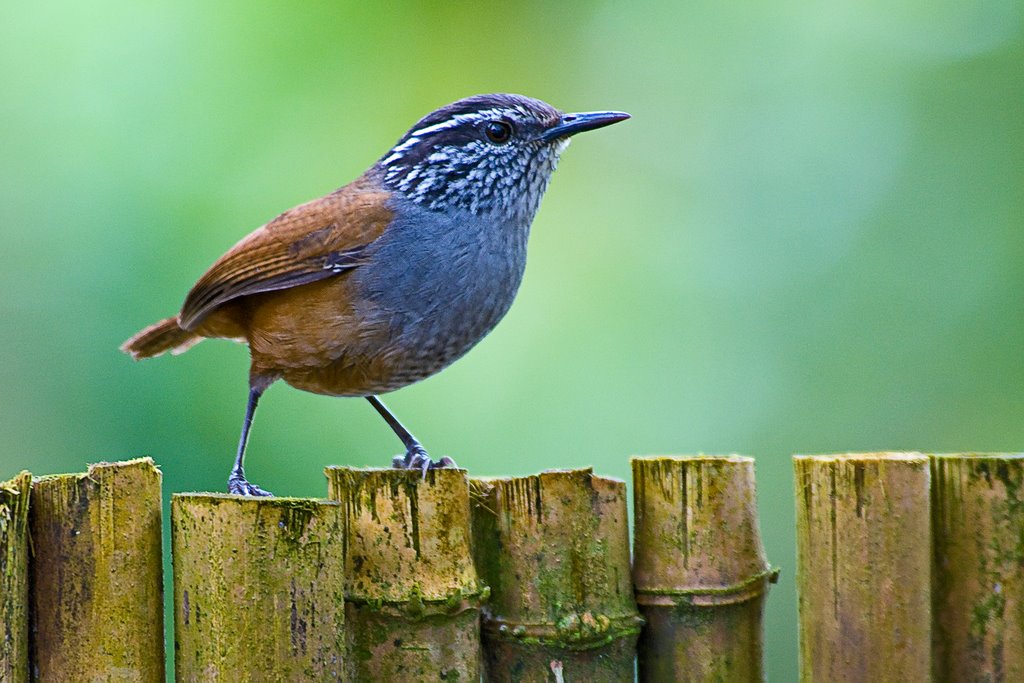
Henicorhina leucophrys
TAXONOMY
Troglodytes leucophrys Tschudi 1844, Montaсa del Vitoc, Junнn,
Peru. 18 subspecies recognized.
OTHER COMMON NAMES
English: Highland wood wren; French: Troglodyte а poitrine
gris; German: Einsiedlerzaunkцnig; Spanish: Saltapared-selvatico
Pechigris.
PHYSICAL CHARACTERISTICS
4–4.5 in (10–11.5 cm). The bird is a large-headed plump wren
with a short tail and sturdy legs, chestnut-brown above, and
gray below with brownish buff lower flanks. Sides of face are
strikingly marked with black and white streaks; eyestripe is
black; supercilium is white; crown is blackish; throat is grayish
white. Flight feathers are chestnut-brown with narrow blackish
bars. Eyes are reddish brown; bill is black with dark gray base;
legs are brownish black. Male and female are identical in
plumage; juvenile is similar to adults but with the facial pattern
less well-defined. There is considerable variation in plumage
between different subspecies.
DISTRIBUTION
Disjunct
DISTRIBUTION
in highlands of Central and South America,
separated by unsuitable lowland areas, from central to
southern Mexico through Guatemala, Honduras, Nicaragua,
Costa Rica, and Panama; Andes and adjacent mountain ranges
from northern and central Venezuela through Colombia south
to central Bolivia.
HABITAT
Humid mountain forests, usually above 4,900 ft (1,500 m) but
rarely as low as 1,300 ft (400 m), up to 12,500 ft (3,800 m).
Occupies several different forest types, including mixed oak
and pine woodland, bamboo thickets, and second growth, up to
the lower edge of pбramo (high altitude heathland).
BEHAVIOR
Territorial; lives in pairs or family groups. Is very secretive and
usually keeps to lower levels of vegetation. Song is a magnificent
series of loud ringing whistled phrases, uttered by both
sexes in duet. Roosts in pairs or family groups, in nests built
for that purpose. Form of roosting nest is identical to that of
breeding nest.
FEEDING ECOLOGY AND DIET
Feeds in lower levels of dense vegetation, actively moving around
and probing into leaf-litter and tangles. Diet apparently entirely
invertebrate; no evidence that any vegetable matter is taken.
REPRODUCTIVE BIOLOGY
Nest, built of roots, plant fibers, and moss, is a globular structure
with an antechamber leading to a rounded chamber,
placed in low vegetation including bamboo thickets. Both
sexes build the nest. Eggs number two and are immaculate
white. Incubation is by the female only, for 19–20 days.
Young are fed by both sexes for 17–18 days. Breeding season
depends on geographic location. In Costa Rica breeding occurs
late March to early June, in Colombia December to June.
Probably multiple-brooded.
CONSERVATION STATUS
Not threatened. Much habitat has been lost to agriculture and
logging, but large areas remain; some are protected by reserve
status.
SIGNIFICANCE TO HUMANS
None known.
Other popular Animals
Photo Gallery of - Gray-breasted wood wren
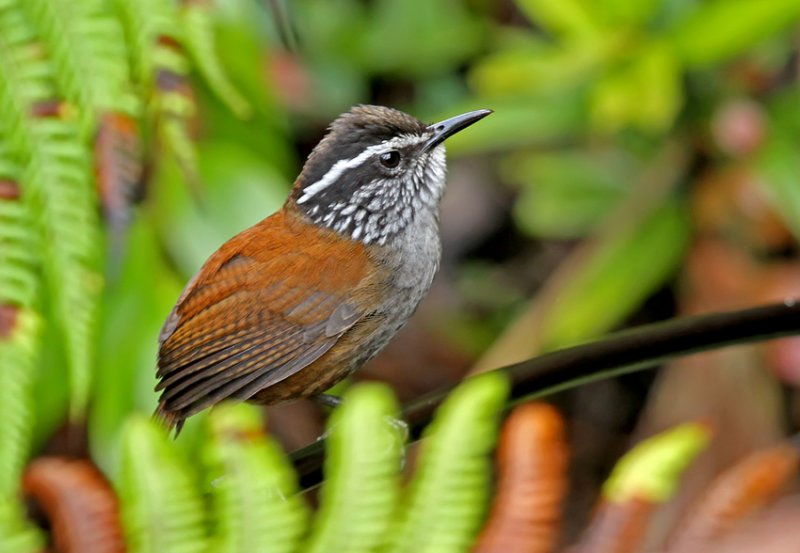
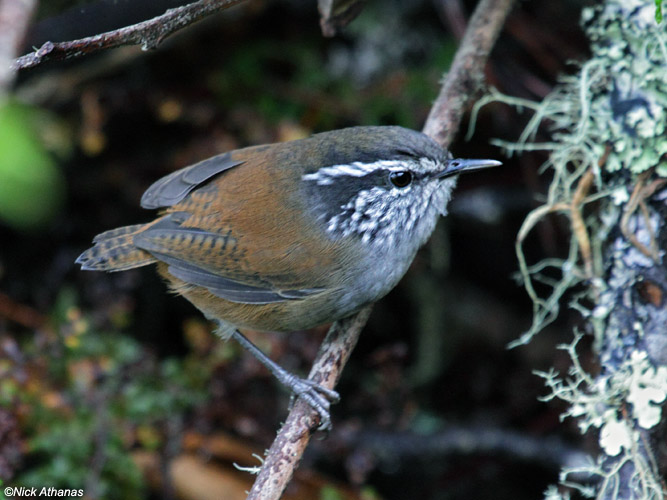
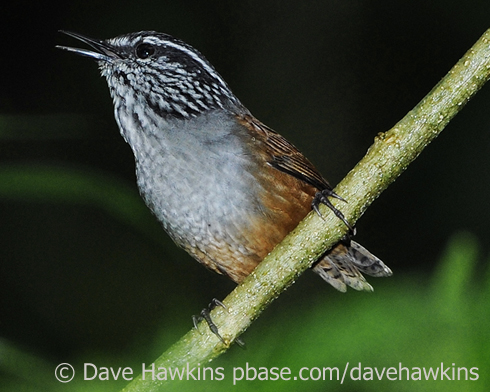
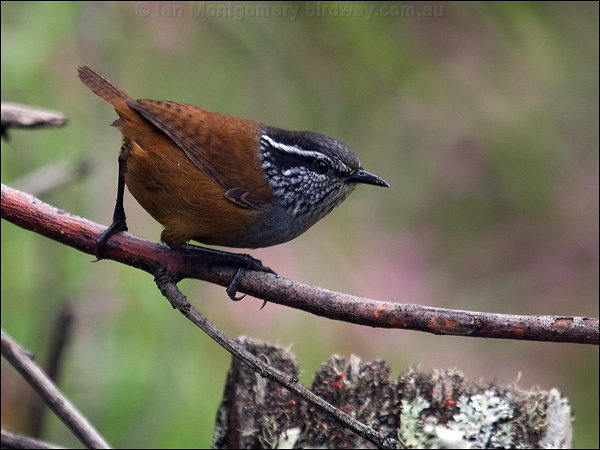
 Animalia Life
Animalia Life